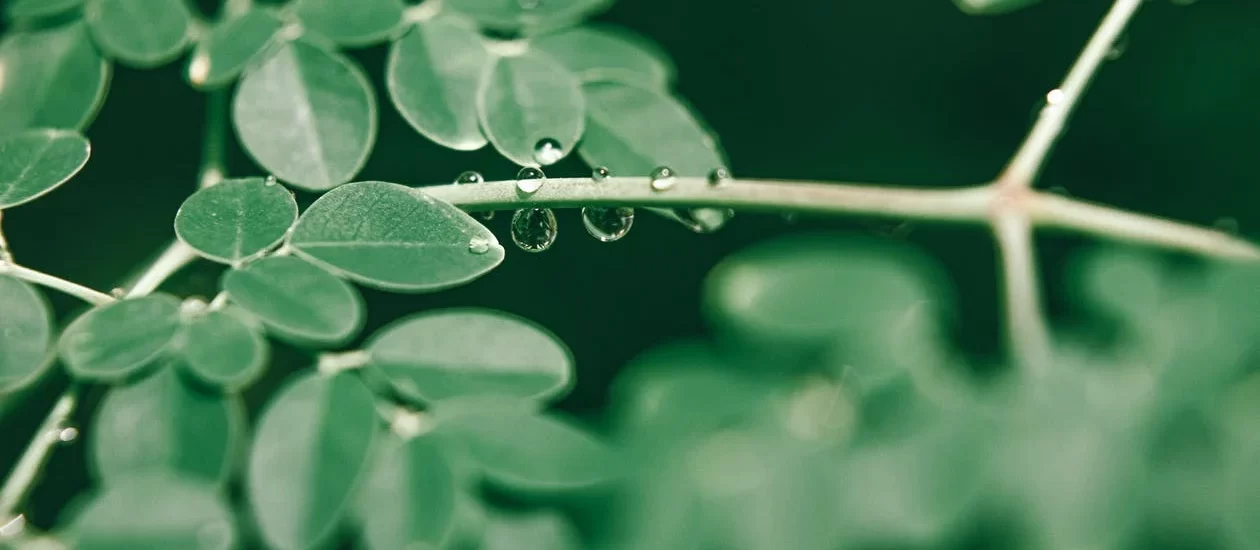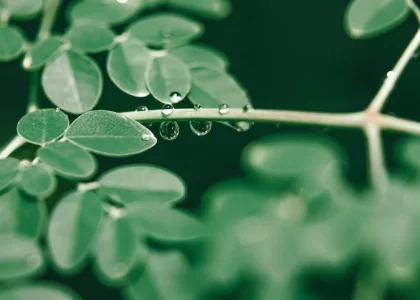When we talk about superfoods, Moringa does not come to many minds. The plant is not widely known and people are missing out on this nutritious food. Moringa: The Miracle Tree, Moringa Oleifera as it is scientifically known is native to Africa and India and contains more than 95 nutrients. Research shows that it contains more Vitamin A than carrots, more Vitamin C than oranges, more calcium than milk, 18 amino acids (It contains all the 9 amino acids that our bodies need) and more nutrients. It contains every nutrient your body needs for good health and mental state. Over the centuries it has been used for both food and medicinal purposes. It is said that it cures more than 300 diseases, and is a natural multivitamin. It is therefore important to have this amazing plant in our diets. If you are looking to grow moringa trees; you can propagate these amazing plants using stem cuttings or seeds. Let’s begin with propagating it from seeds.
Propagating or growing moringa from seeds
If you have moringa seeds it is not advisable to sow them directly since the seed has a lot of enemies/pests that eat the inner part of the seed before it has time to germinate. The best way to have a higher germination rate is by using the following steps.
- Soak your seeds for about 24hrs
- Wrap the seeds with a paper towel and wet them a little bit
- Put them in an air-tight container or zip lock bag
- Store in a dark and warm place
After several days (depends on the seeds but is about 3-10 days) most of the seeds will have germinated. To make the watering easier, it is advisable to first plant the seeds in planting bags. Mix soil, sand and composted manure in the ratio of 80%, 10% and 10% respectively. Then fill the bags with mixture and place the one seed in each bag and water. Do not overwater because water logging will affect the germinating seed negatively. Once the tree begins to emerge, place them where they will receive adequate sunlight. Always remember that moringa are tropical plants and they flourish with enough exposure to sunlight.
After about three weeks, you can start transplanting your seed to your preferred location. One advantage of planting in bags is that the plant does not stress much after transplanting. Continue irrigating your moringa trees at least once per week. Moringa are drought-resistant plants and do not need much irrigation after they are well established.
Propagating from cuttings
If you already have moringa trees, you can easily propagate them from stem cuttings. To propagate using this method, follow the following stems.
- Choose a healthy-looking stem(s).
- Cut stems that are about 3 feet diagonally using pruning shears (You should make the diagonal cuts on both sides of the stem).
- Mix soil, sand and composted manure in the ratio of 80%, 10% and 10% respectively
- Then fill planting bags/pots/preferred planting containers with mixture.
- Place each cutting in your preferred planting container.
- Water and remember not to overwater.
- Do not disturb the rooting cuttings by shaking them before they are well established
Note that planting them first in planting bags makes it easier to water the plants. After the roots are well established and the branches have started growing new leaves, transplant them to your preferred location.



